Mario Moscoso (2007) Cohabamba, Bolivia



2007 Drawing, Cohabamba, Bolivia
The architect Mario Moscoso with his last twenty years of his career, he fought for organic architecture. Like Gaudí and Lovag, among others, he uses this technique of Ferro cement in one of his houses, alive. Stands near Cochabamba in Bolivia. A style partly similar buildings are Senosiain and Vetsch.
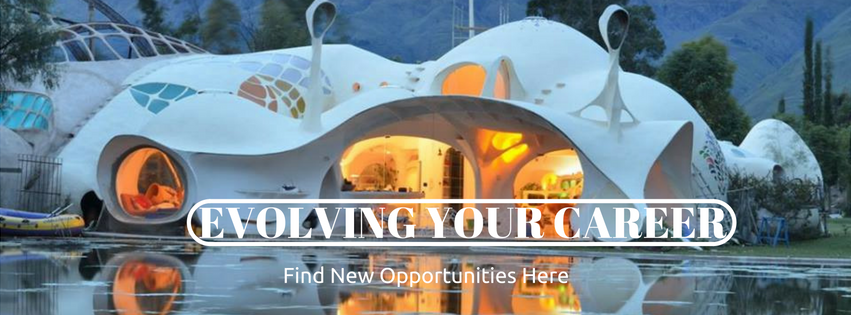





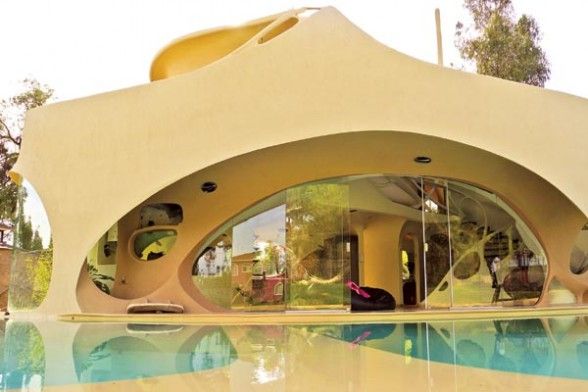
Energy consumption-sun -Skin -Comfort-sun- solar clock – Energy networks – Forms and nature – Shapes and geometry – -Form efficiency – culture – Shading mask – Soleil – Thermal conditioning – Soundproofing. It includes a design workshop, a site visit and much more… With the international presence of HUGO WAINSTOK, pioneering expert in ferrocement technology. -We will also have the participation of the factory of new materials for basalt bars and lattices and new technologies for application in organic architecture and concrete.


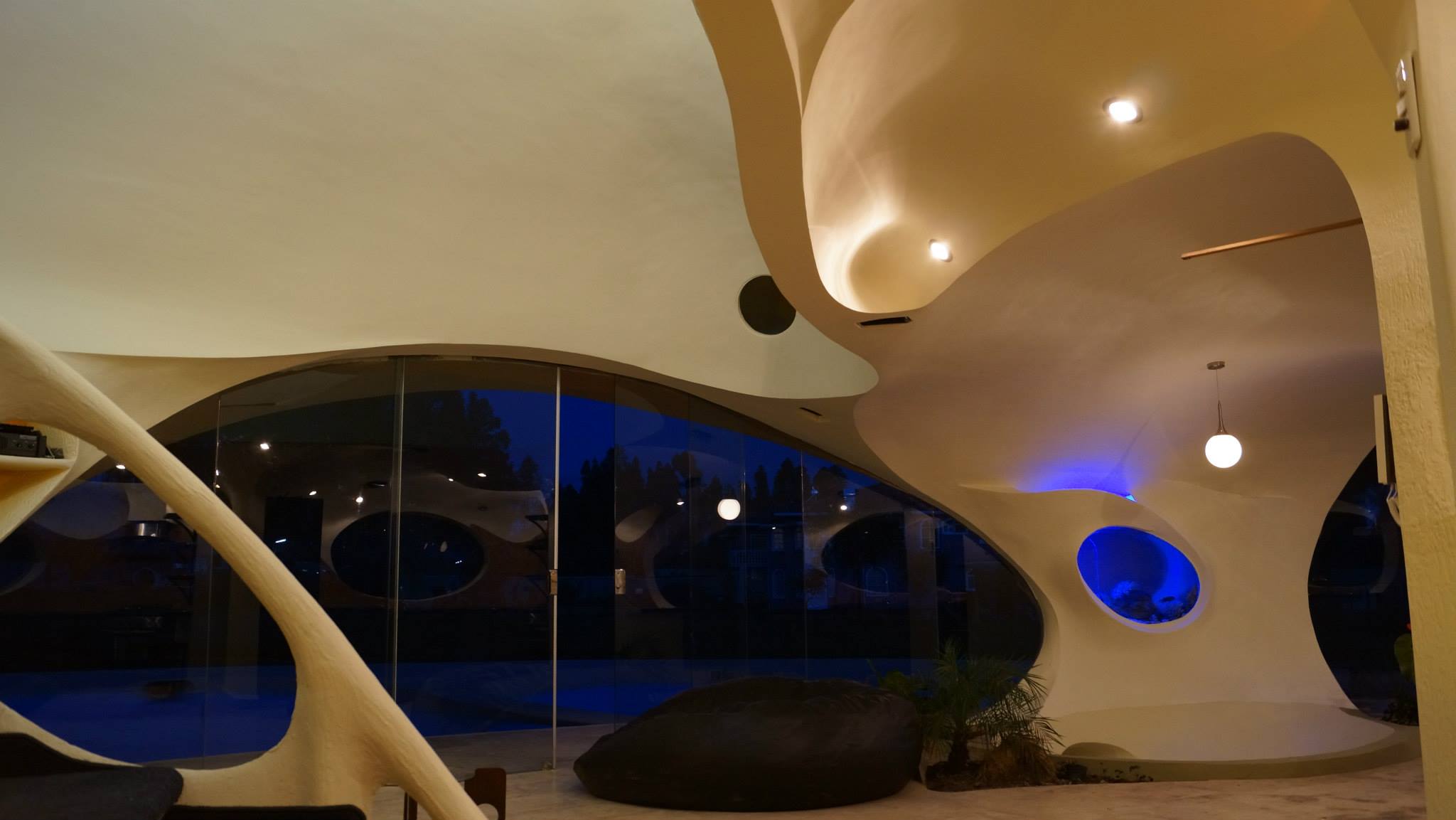
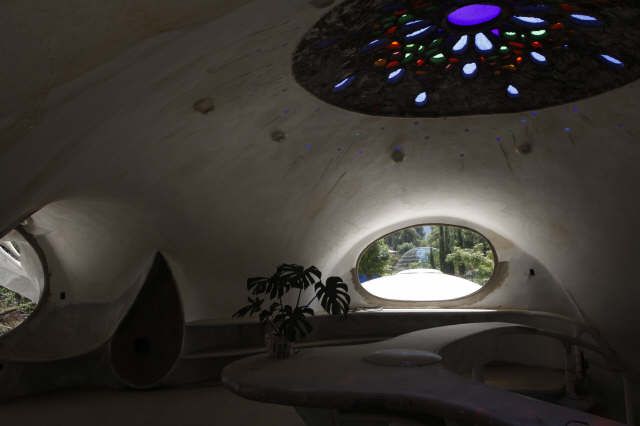
Come take a look at our life at the Biosphere with our interns..


Ferro Ciment Technology a construction method: used with earthquake-resistant characteristics. This technology optimizes the use of the material resulting from the reduced energy consumption in the industrialization of the same generation local crafts and hand. arched entrance with video connections, intercom connections and automatic doors. Olympic adjacent walls mesh with vineyards and eucalyptus forests. 4000 Liter reserve for drinking water use with automatic pumps. Sprinkler and drip. Garden Organic health system and septic tank total oxidation. The system is designed to recycle water and gray wastewater, which is then used as garden watering, that is to say the saving of drinking water 70% compared to traditional homes.
ARCHITECTURE
MOSCOSO
SUSTAINABLE DESIGN, THE ECOLOGICAL AWARENESS, CEMENT AND FERRO
Marcus Grassi Moscoso architecture
The process of designing and building these incredible artistic structures. “Ferro cement” reduces the traditional costs of building materials around 40% and gives a great flexibility in the design process. The materials include Steel strands about 3 cm diameter, “Maya Gallenero”, Styrofoam, Micro-cement and plaster. First the son steel are allocated to the desired shape of the structure about 25 cm of separation between the quadrants. Next Maya about four layers are placed around the steel, two on each side. Once the desired shape is completed and the Mayas and steel are allocated correctly, polystyrene foam layers are placed in order to ensure insulation. Finally, a mixture of micro-cement and plaster are placed, and the structure solidifies.
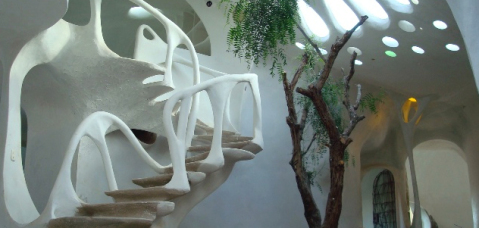



Maison Galleguillos
architects: Juan Galleguillos Orrego
Sanctions 2995, Las Condes, Santiago Metropolitan Region, Chili
Maison Galleguillos– Juan Galleguillos Orrego
This house is clearly recognizable and distinctive in the Cerro San Luis, its curves and organic shapes inspired.






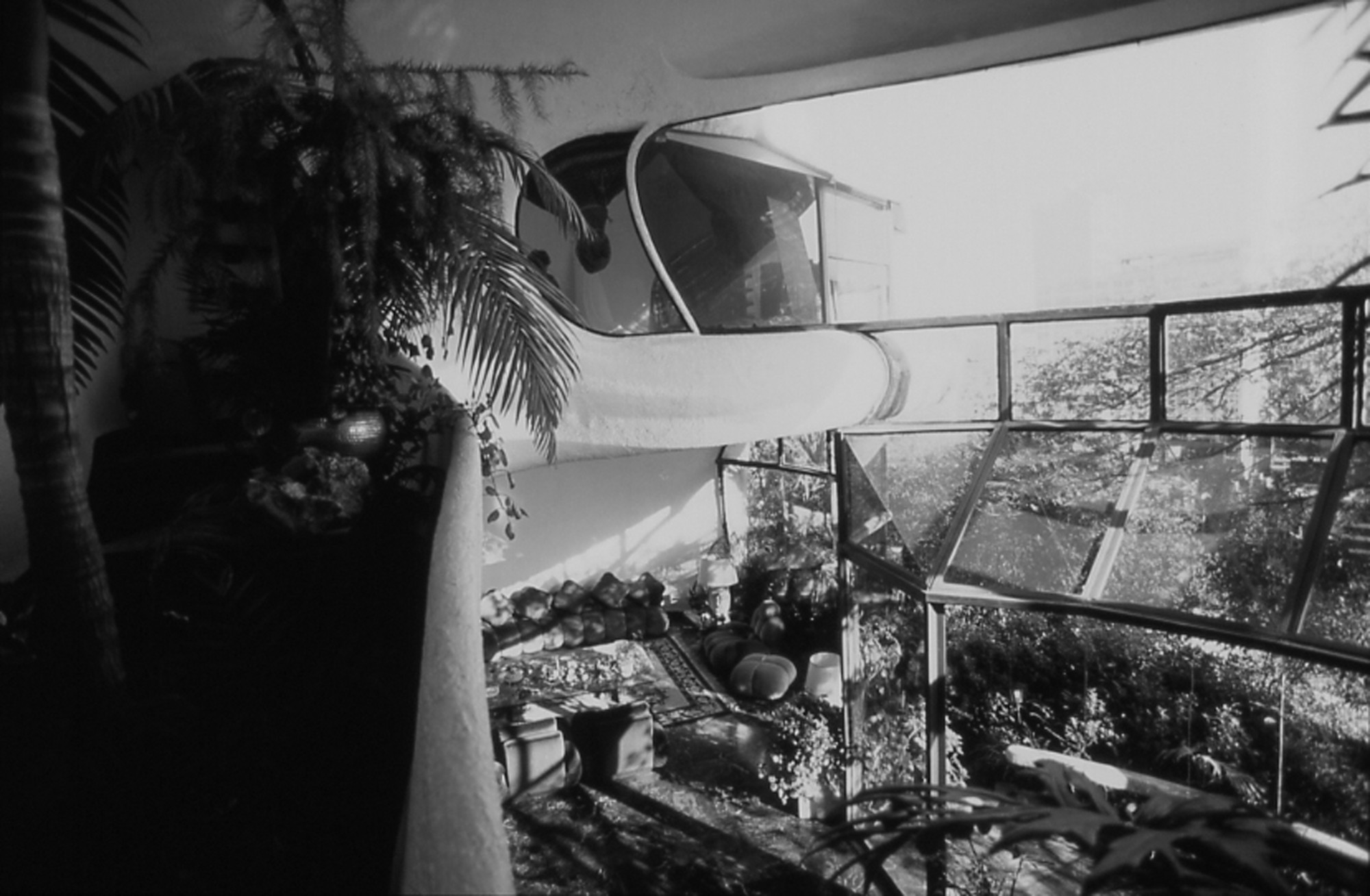
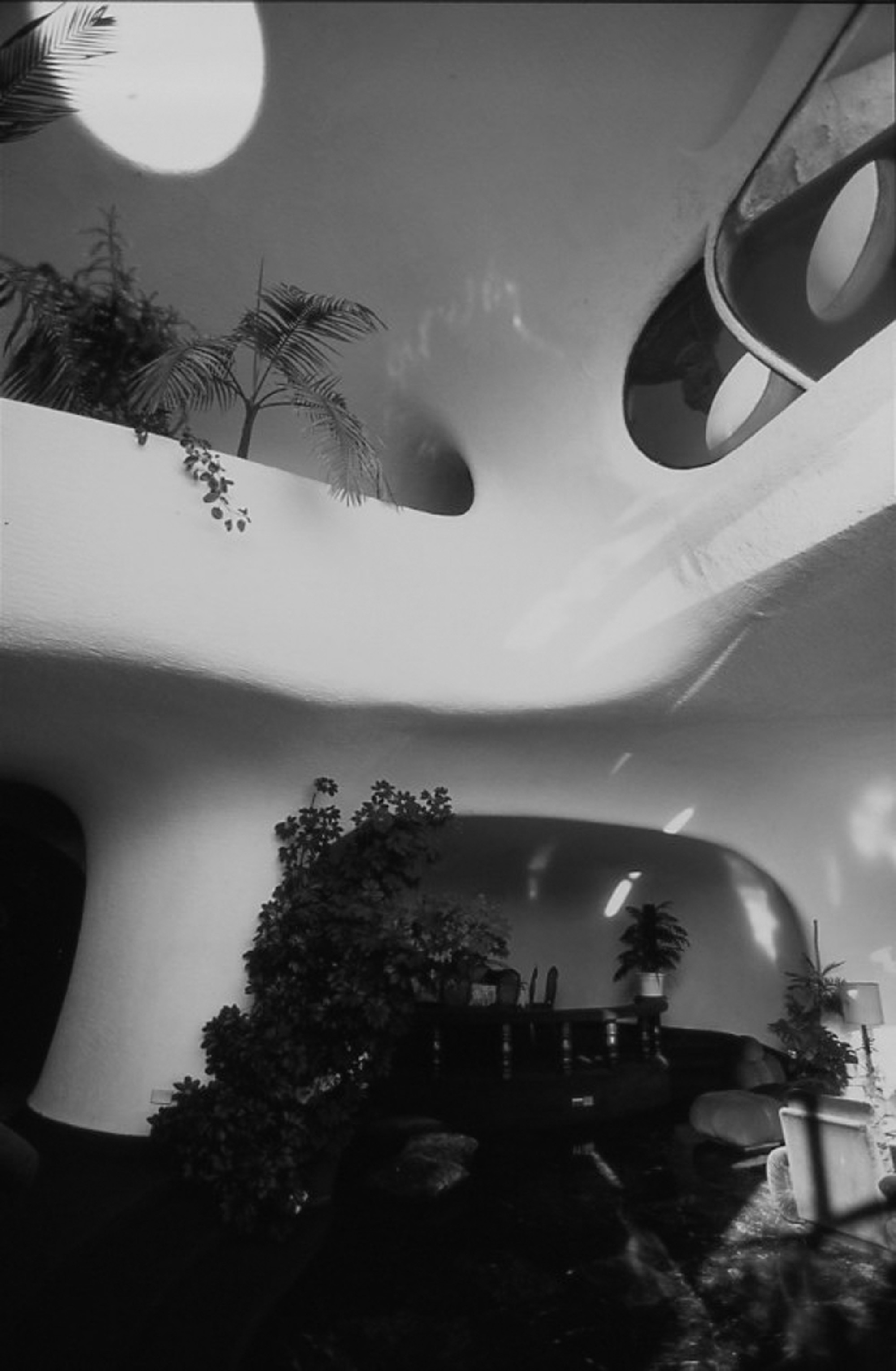
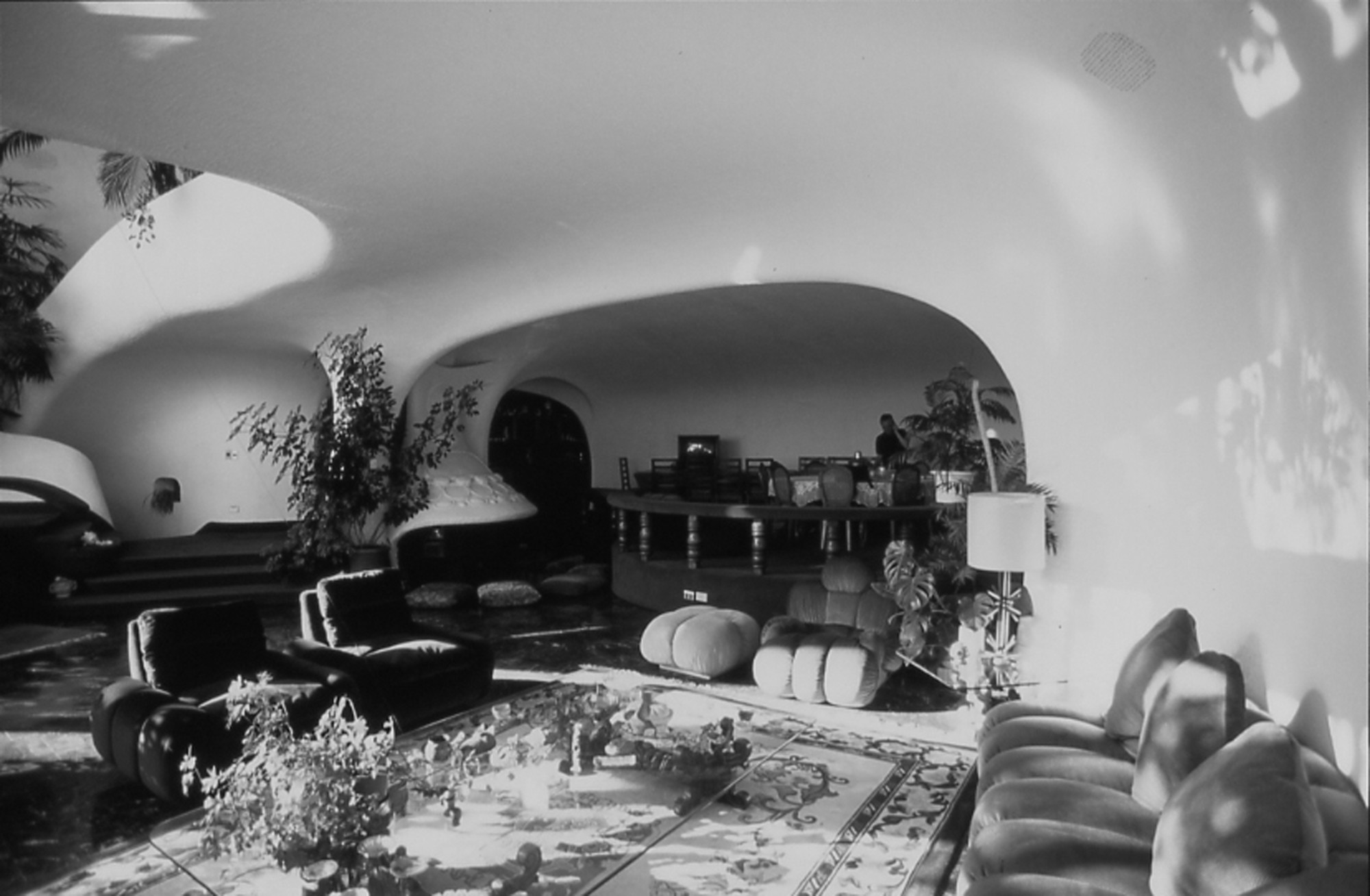
© Paul Altikes
In this work, moldability of concrete is used, which makes the curves, irregular aspects, organic modernist style. He conducted research on the behavior of concrete formwork sand. These studies have been improved so that at home, parking slab, Below is the living room and dining room, has a thickness of 6 centimeters and has withstood earthquakes 1971, 1985 and 2010, no structural damage.
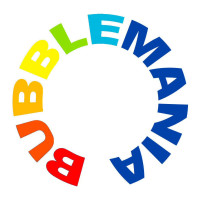

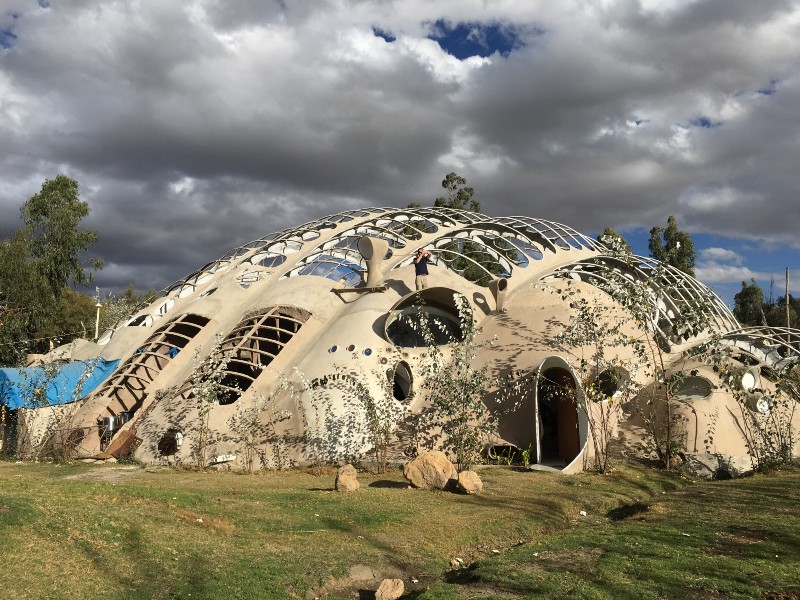


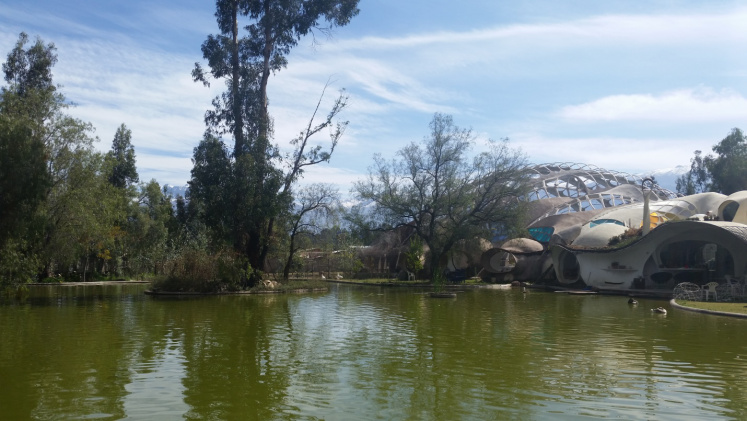
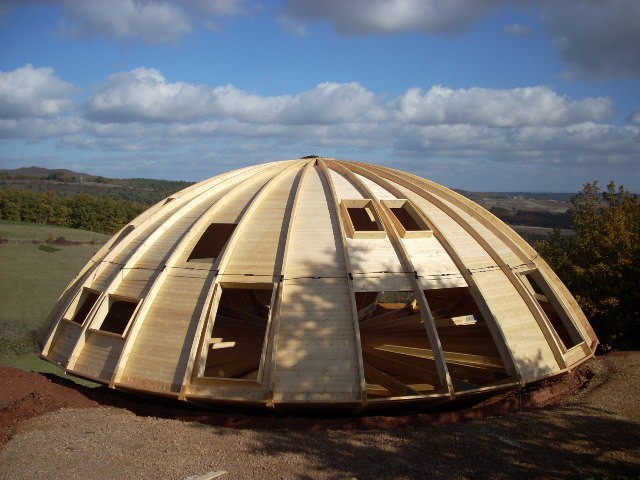
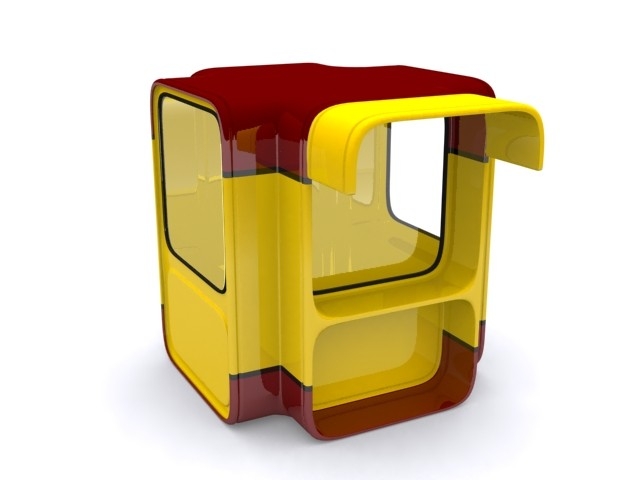
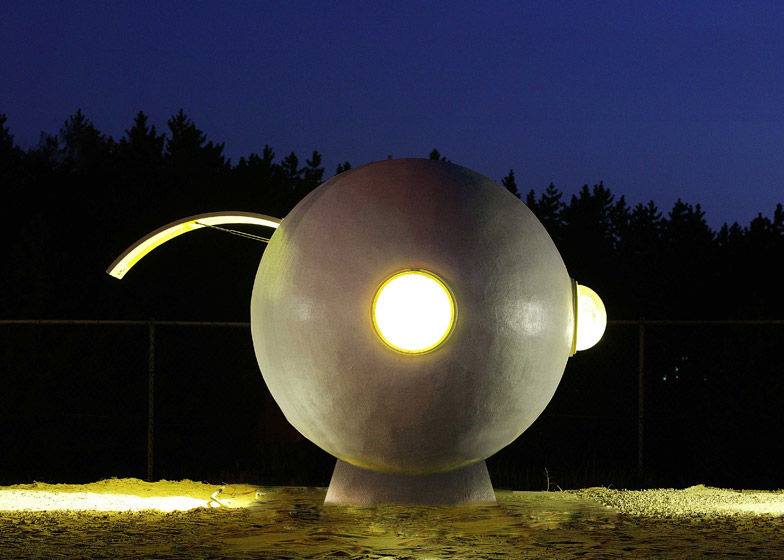
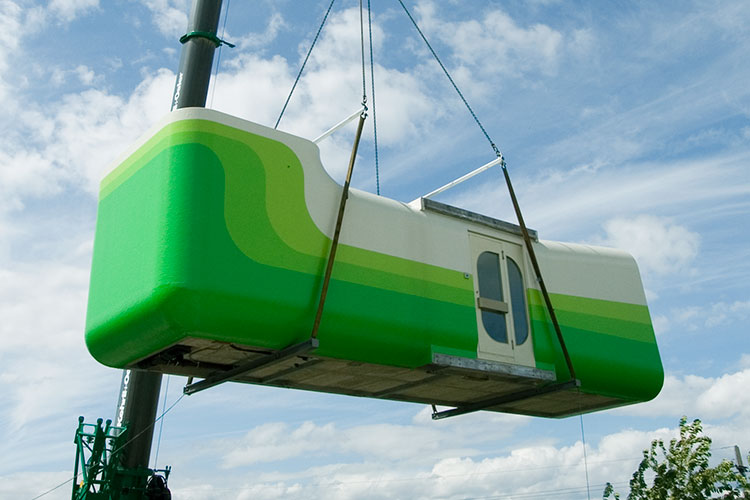
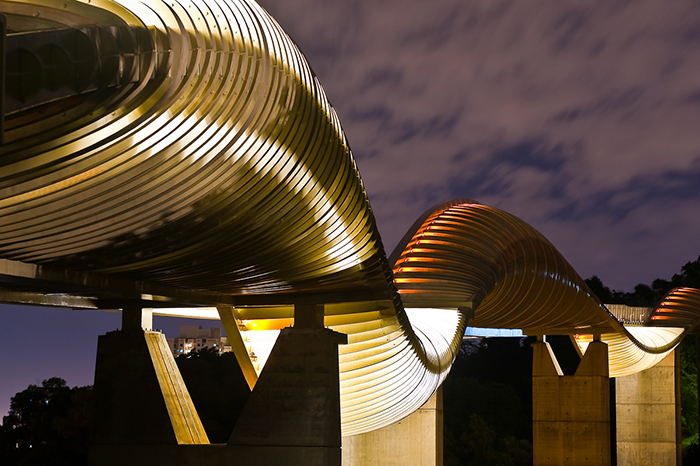
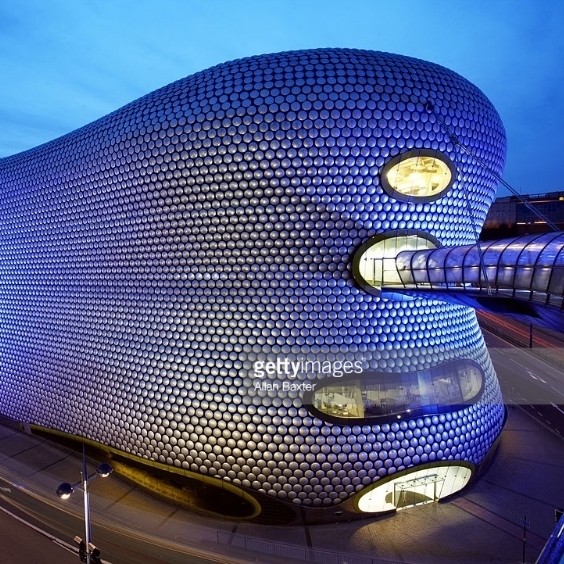
Bravooo